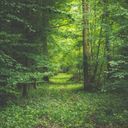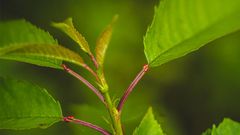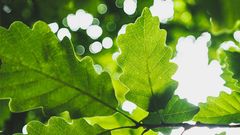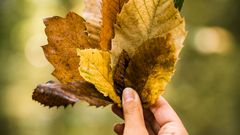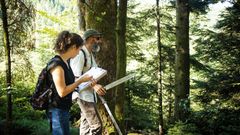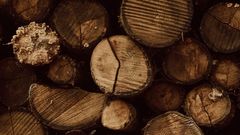About Pézarches forest
Our Pézarches forest is located southeast of Paris, measuring more than 15 hectares and is classified as a Natura 2000 site, a programme protecting rare and endangered flora and fauna. The forest is an old coppice, which we support and maintain to obtain an uneven-aged forest.
When we acquired this forest management, it was divided into three plots, the largest plot being 12 hectares, mainly planted with Sessile and Common Oak, Aspen, Chestnut, and Ash. The Oak in this forest is doing very well.
About 2 hectares are a moderately rich coppice, but under standard conditions. This plot is mainly Oak, Aspen, Ash, and Hornbeam. The Aspens and Hornbeams are considered harvestable.
The third and last plot, not more than one hectar, was a coppice in relatively poor condition, mainly populated with Oak, Ash, and Black Locust. The poor condition is partly due to a clear-cutting, where the re-growth was left without maintenance. The Ash trees in this area were also infected with Ash dieback, a chronic fungal disease.
Read more Read lessWhen we acquired this forest management, it was divided into three plots, the largest plot being 12 hectares, mainly planted with Sessile and Common Oak, Aspen, Chestnut, and Ash. The Oak in this forest is doing very well.
About 2 hectares are a moderately rich coppice, but under standard conditions. This plot is mainly Oak, Aspen, Ash, and Hornbeam. The Aspens and Hornbeams are considered harvestable.
The third and last plot, not more than one hectar, was a coppice in relatively poor condition, mainly populated with Oak, Ash, and Black Locust. The poor condition is partly due to a clear-cutting, where the re-growth was left without maintenance. The Ash trees in this area were also infected with Ash dieback, a chronic fungal disease.
